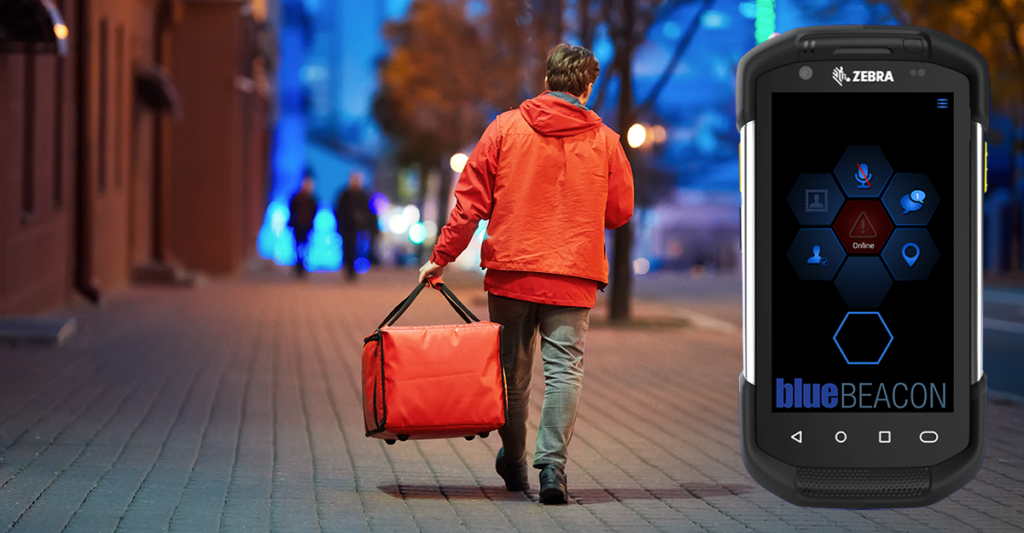It is most assuredly not our parent’s world. We suddenly find ourselves in a new world where the pandemic and serious spikes in crime has implications to our critical infrastructure, our schools, our businesses, and our people. Cybersecurity remains a concern, but physical security in our personal and professional lives is now front and center. Recent attacks and attempted attacks internationally present a diverse and non-predictable threat environment.
Mobile delivery workers face increasing and significant risk of job-related violence. Pick up any newspaper and one can find reports of personal attacks and in a few cases, loss of life of workers that venture into our neighborhoods and homes to deliver goods, provide in-home health care, and support and protect those at risk. A recent survey of lone delivery workers in New York City found that 54% had reported experiencing a theft, and roughly 30 percent of these individuals said that they were physically assaulted during the robbery.
There is a place in the world for the “big red button” hardware solutions and that is for medical emergencies, particularly for the elderly. The big red button hanging around one’s neck is an easy target to hit in a medical emergency, but most emergency situations require clarity in the nature of the issue so that the appropriate responders are dispatched. For example, teachers in the classroom environment dealing with a medical emergency requires a very different kind of response versus an active shooter scenario. Hardware-only solutions allow for only ONE call for help: send the “paramedics”. All emergencies are the same to a hardware solution. Emergencies come in different forms and require different responses.
The BlueforceBEACON software-based solution allows for enterprise definable SOS scenarios, with overt and discrete options. Overt panic signaling is easy to do: explicitly swipe the UI and help is on the way. This is the equivalent of hitting a big red button. Importantly, the modern mobile device allows for a number of additional and non-overt ways to signal that help is needed. These methods are enabled by sensors in the devices themselves, sensors that dedicated panic hardware solutions do not provide.
- “Rip Cord” Signaling: Blueforce’s patented approach to capturing hardware sensors allows for an act as simple as pulling one’s headphones from the smartphone to signal a panic event. This “ripcord” function allows the user to focus on escape and calling for help via a covertly executed action.
- Button Mashing: Blueforce’s patent pending approach to personal security includes a means to mash (i.e., push intently on hardware buttons) various buttons on the device itself to signal a need for help. Blueforce provides native support for device buttons on Zebra handheld products.
Blueforce has supported specialized extensions to wearable and other “Bluetooth-connected” devices for overt triggering of an SOS to include proximity, loiter, and a complete lack of motion leveraging the device accelerometer, gyroscope, and internal GPS.
If you are considering solutions to protect your workers, our new eBook is for you. The marketplace is rife with “I’ve fallen and can’t get up” big red button hardware solutions, but none of them provide the environmental intelligence and ground truth intelligence needed to properly mitigate and deal with life threatening situations. Muddying the waters further, the total cost of ownership (TCO) between solutions varies dramatically. Knowledge is power, and this eBook will make the case for software-based life safety solution for Delivery Workers. Download our free eBook to learn more.
Download eBook